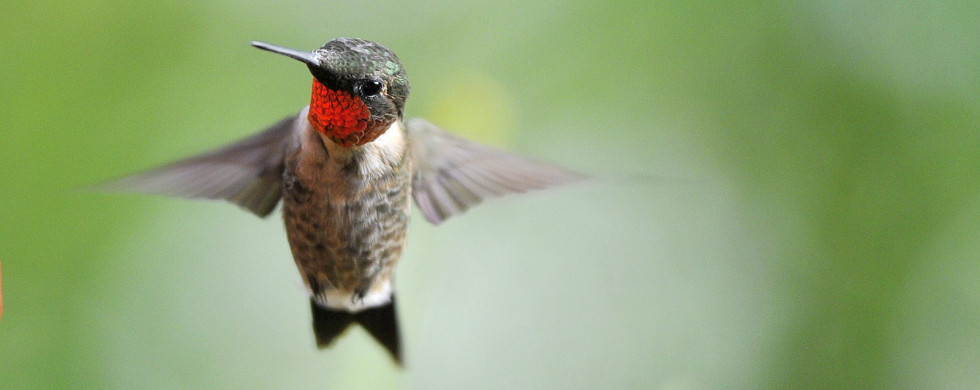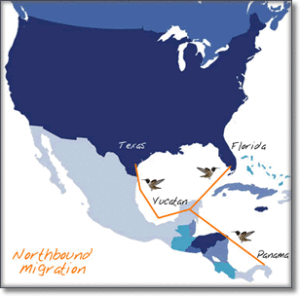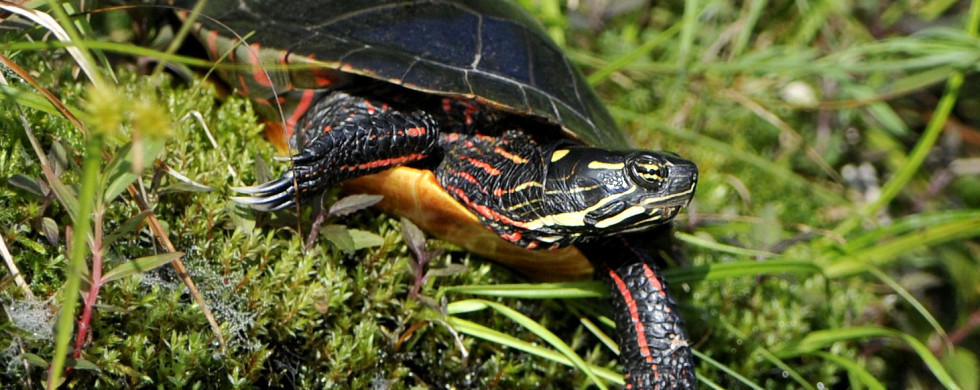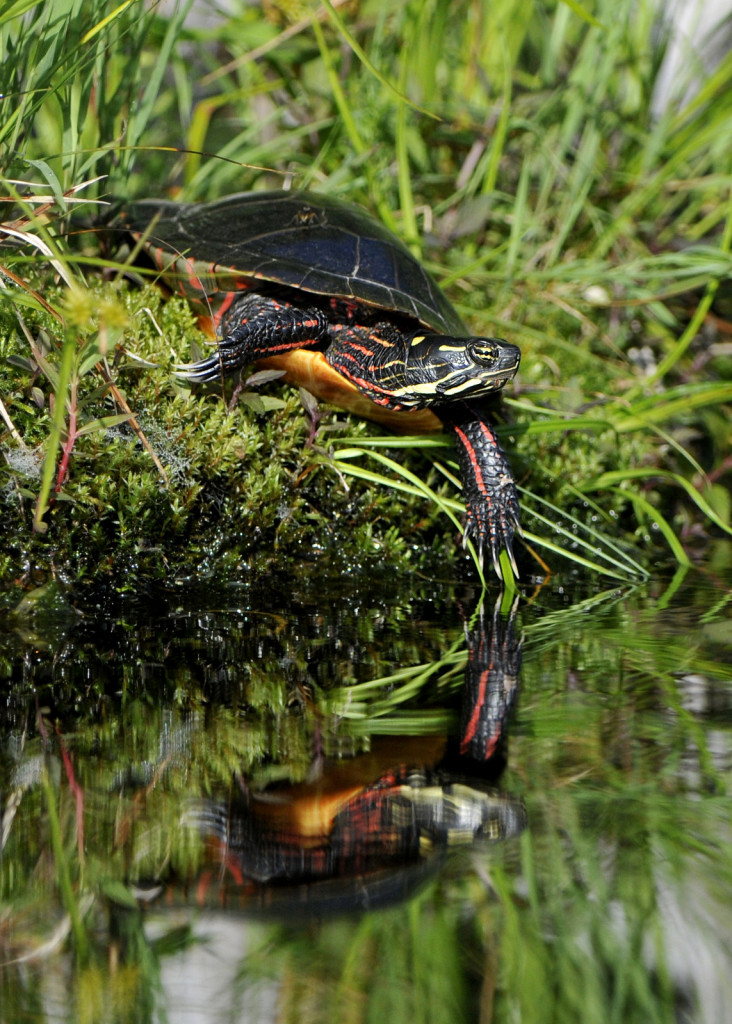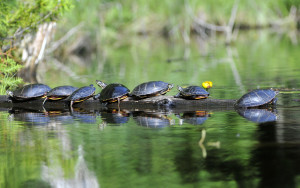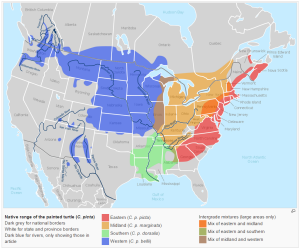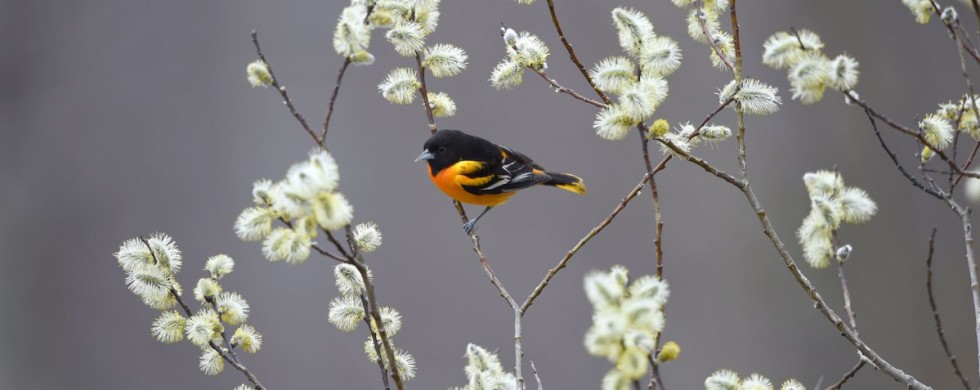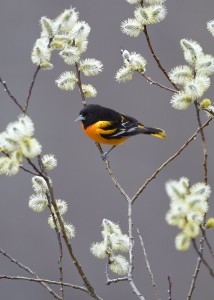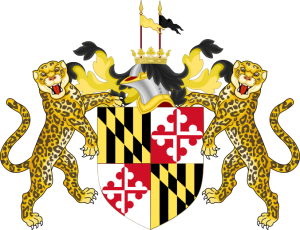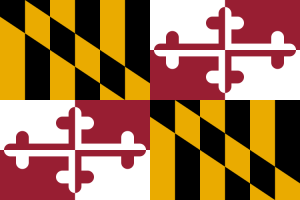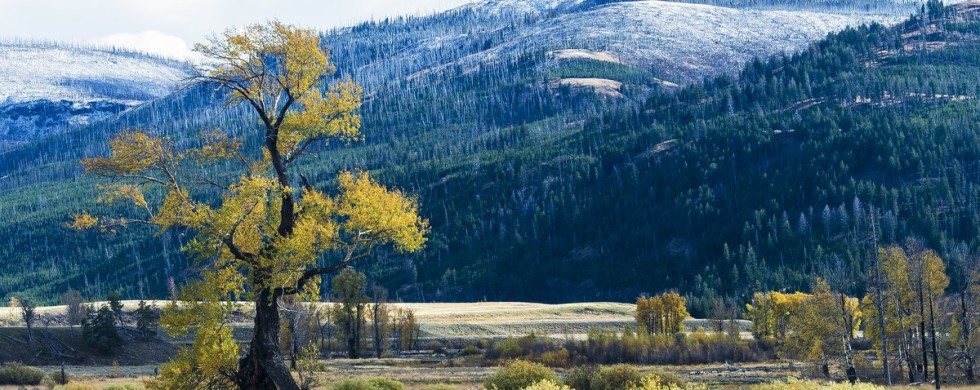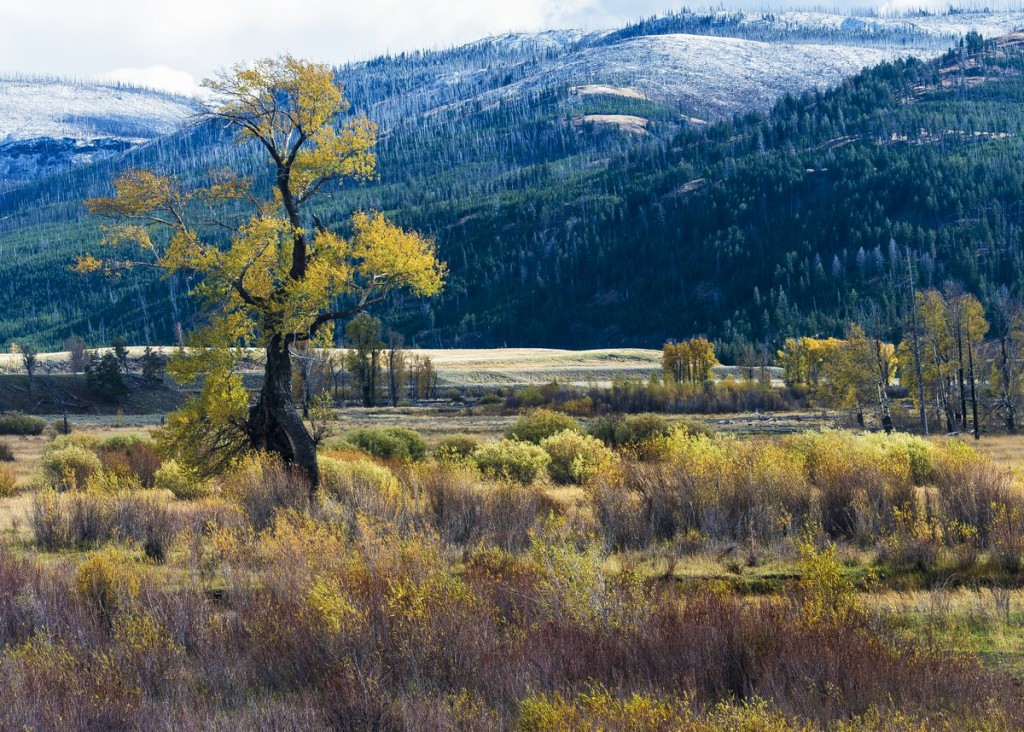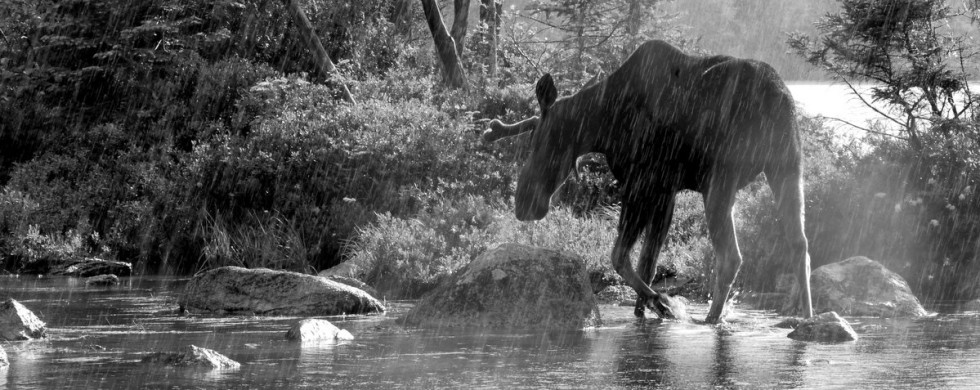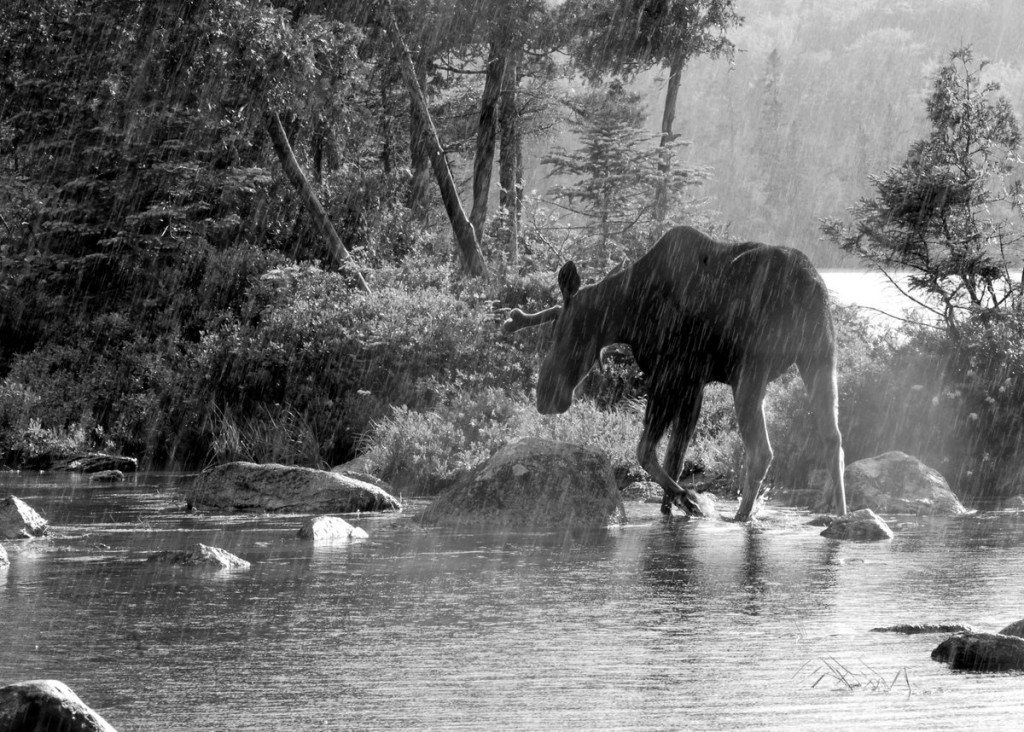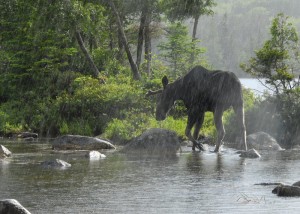31
Shot of the Month – July 2015
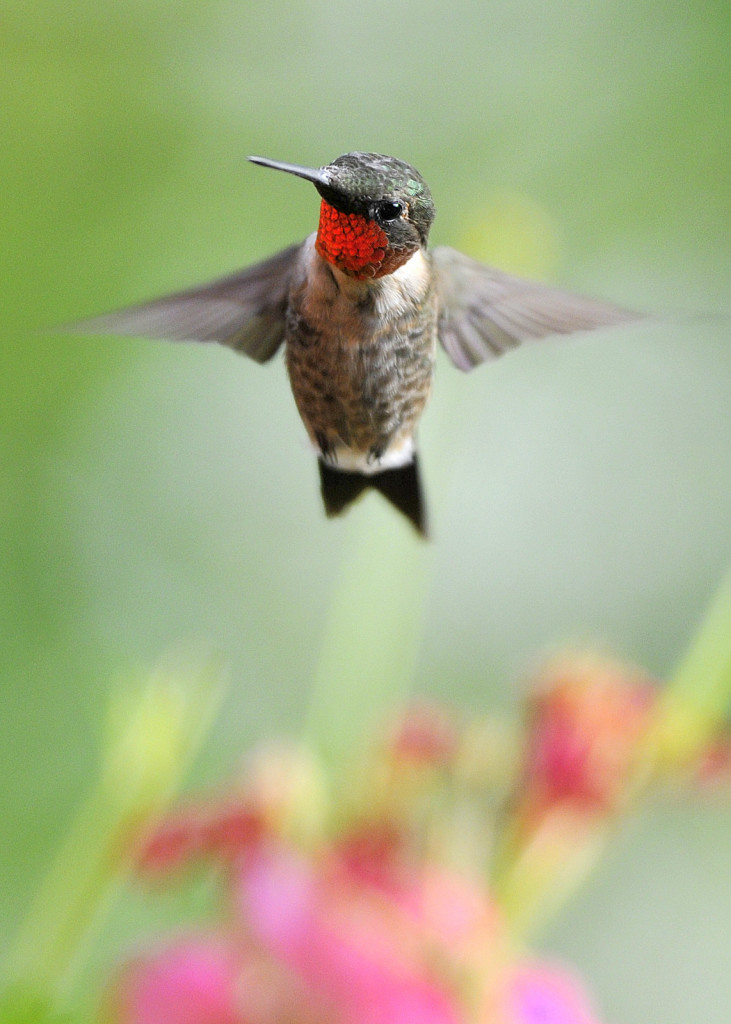 Hummingbirds are the tiny flying jewels of the New World — all 340 known species are distributed among North and South America and the Caribbean. Alas, this wealth is not shared equally. In the eastern US (i.e., east of the Mississippi River) we only have one breeding species, the Ruby-throated hummingbird (RTH), as photographed here in our garden in Vermont. The wealth is shared thusly:
Hummingbirds are the tiny flying jewels of the New World — all 340 known species are distributed among North and South America and the Caribbean. Alas, this wealth is not shared equally. In the eastern US (i.e., east of the Mississippi River) we only have one breeding species, the Ruby-throated hummingbird (RTH), as photographed here in our garden in Vermont. The wealth is shared thusly:
Ecuador: 163 known species (the clear winner)
Columbia: 127 known species
Mexico: 50 known species
North America: 23 known species (most are found west of the Rocky Mountains and south of the US-Mexico border)
The wee birds can be found from southeastern Alaska and western Canada through the United States and Central America (including the Caribbean islands) down to Tierra del Fuego at the southernmost point of South America. The few species that do breed in the US and Canada migrate south to Mexico, Central America, West Indies, and southern Florida for the winter.
Here is a good map showing the distribution of the Ruby-throated hummingbird.
In the spring many RTHs pass through the Yucatan Peninsula of Mexico and fly across the Gulf of Mexico to reach Florida or Louisiana before continuing north. That is a 500-mile non-stop flight over water.
That is also, insane.
A bit of perspective. A RTH weighs about 3 grams. Put a US nickel in your hand — that is about 5 grams. (No, really, I mean it, go find a nickel and hold it. I can wait…….Crazy, right?)
Before departure, the birds go on an eating binge and double their weight to 6 grams. After completing the 20-22 hour, non-stop flight the bird may only weigh 2.5 grams! Once on the mainland, the birds average about 20 miles per day as they continue north. (Source)
In the spring you can use this great map to follow the migration of the Ruby-throated hummingbird.
Until next month…..m
Fade to black as I sit here shaking my head trying to imagine a nickel (with wings, of course) flying 500 miles across open water….
Other Coin Weights for my International Readers:
UK Penny = 3.56 grams
0.10 Euro coin = 4.10 grams
0.05 Euro coin = 3.97 grams
0.02 Euro coin = 3.0 grams
Kenya 10 Shillings coin = 5 grams
Kenya 5 Shillings coin = 3.4 grams
1 Indian Rupee = 4.85 grams
Nikon D300s, Nikon 70-200mm f/2.8G ED VRII (@ f/2.8, 300mm), 1/500 sec, ISO 400

